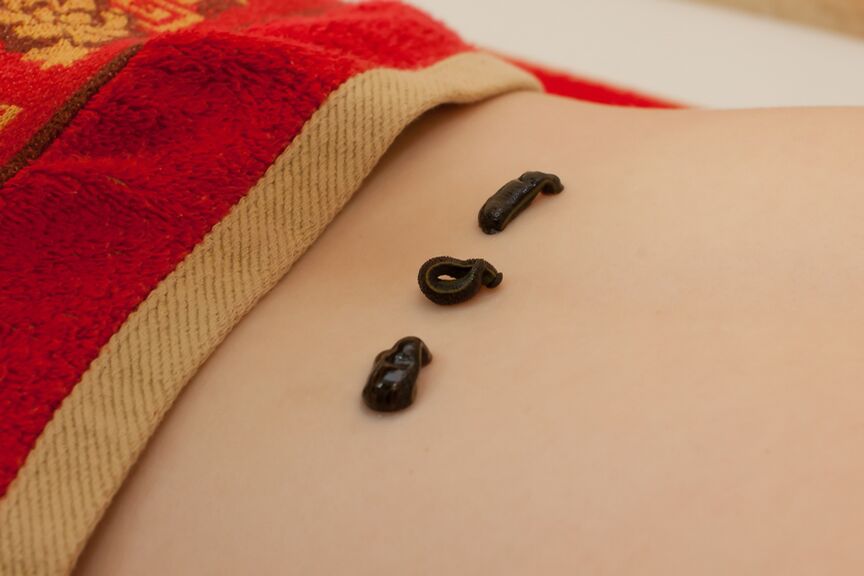
ICD-10 code - Osteochondrosis of the spine (M42)
Osteochondrosis of the spine is a degenerative-dystrophic damage to the spine. This disease of the lumbar-sacral spine is one of the most common diseases in modern medicine. In both women and men, the disease can cause temporary disability, as well as disability.
Lumbar lumbar osteochondrosis has a chronic course with a period of exacerbation.
Sources of the disease
Medicine does not name the unequivocal causes of such a disease in both women and men. Thus, we can conclude that the disease is multifactorial. The most popular theory regarding the development of the disease is the process of systemic tension of the muscular system, non-physiological muscle tension, as a result of which the vertebral segments become overloaded, their blood circulation deteriorates. As a result, degeneration of the intervertebral discs occurs, which leads to the development of osteochondrosis of the spine.
The following reasons for the development of the disease in women and men are less common:
- Underlying causes of endocrine and metabolic disorders.
- Causes of hereditary predisposition to the disease.
- Causes of microtrauma, as well as autoimmune disorders.
- Causes associated with pathological processes of internal organs.
People who have a low back injury or lead a sedentary lifestyle are the most prone to developing lumbar spine osteochondrosis.
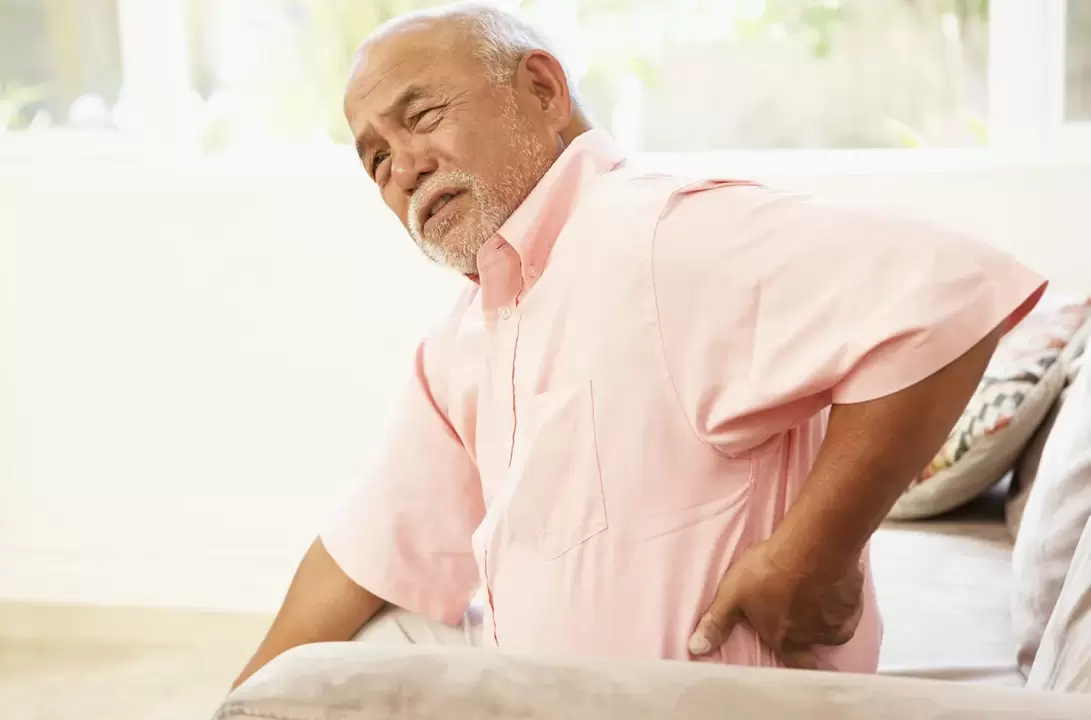
Symptoms of the disease
Medicine will highlight the following symptoms, which manifest themselves in different degrees of the disease in both women and men:
- 1 degree.You may notice a pain that irritates the nerve endings. There are local, acute or dull symptoms of pain in the lumbar spine. Often the pain manifests itself elsewhere and is called a reflex. The following symptoms can also be noted: circulatory disorders of the limbs and ligaments, as well as internal organs. Symptoms of pain appear in the area of ligation to the bone as a result of circulatory disorders. Seals are also celebrated in this area. There are signs of pain in the lumbosacral segment radiating to the lower extremities. The activity of the urinary system may be impaired.
- 2 degrees.You may notice signs of discomfort in the lumbar region, constant muscle fatigue.
- 3 degrees.There are symptoms associated with radicular syndrome. Such symptoms, caused by radicular syndrome, include impaired sensitivity of the affected area. The symptoms associated with radicular syndrome are not immediately apparent. Initially, the symptoms are expressed by sensitivity, burning, tingling. Then there is a feeling of numbness until complete loss of sensitivity. Symptoms associated with radicular syndrome include dysfunction of the motor system, including paralysis and atrophy. Also, the symptoms associated with radicular syndrome are a manifestation of pain localized along the length of the legs. In addition to the symptoms of radicular syndrome, there is a violation of the sensitivity and motor function of the lower extremities.
- 4 degrees.Pain symptoms are less pronounced with radicular syndrome. At the same time, the range of motion of the spine is limited.
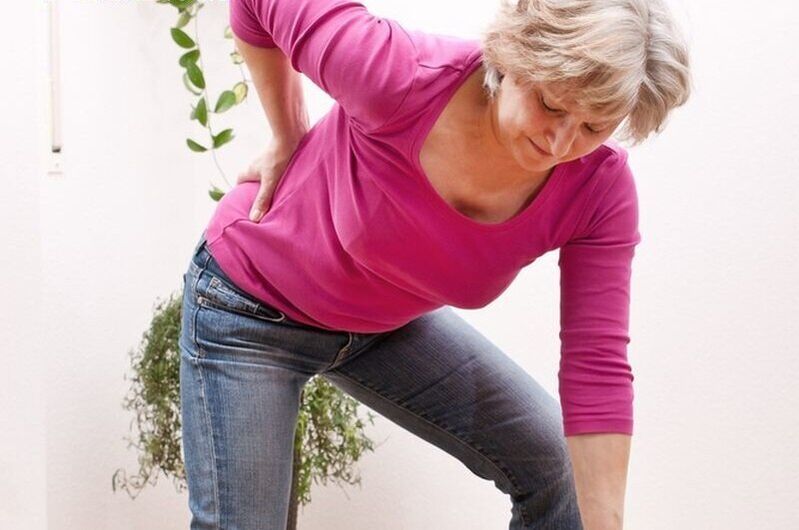
Basic treatment
The doctor makes a diagnosis based on the diagnosis. MRI, ECG, ultrasound and other tests will help to make a correct diagnosis. You should also have an X-ray examination.
How to treat lumbar osteochondrosis in women and men? Lumbar osteochondrosis involves a long-term complex treatment. As a rule, this treatment works in the advanced stages of the disease, when there are many protrusions or intervertebral hernias.
Treatment should be carefully selected and carried out in each case.
Muscle spasms should be treated with medication - muscle relaxants.
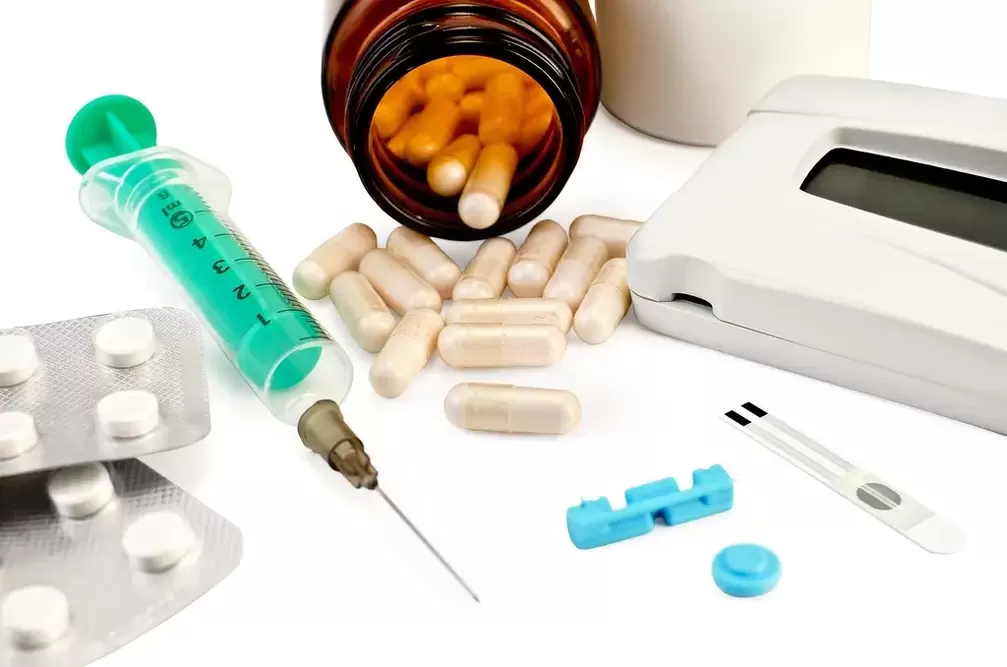
Medicine has been shown that treatment with muscle relaxants, combined with the use of NSAIDs, physiotherapy and massage sessions, can help speed recovery.
Blocked as a means of treatment
Blockade in osteochondrosis consists of injections of drugs injected into the affected area. Treatment with a method such as blockade will help to eliminate the pain immediately. The blockade consists of local anesthetics.
Treatments such as novocaine blockade are the most popular in modern medicine. The blockade is performed once every three days to relieve pain. It should be noted that blockade is the safest treatment for osteochondrosis.
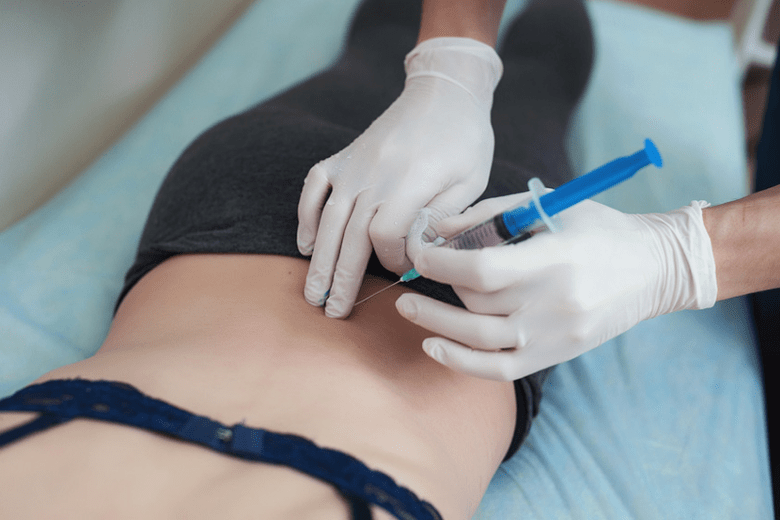
Blockage generally does not cause side effects because the effect of the drug is local. With each exacerbation of the disease, it is possible to treat it in the same way as an indefinite blockade.
In addition, blockade is used to relieve pain, relieve inflammation and improve metabolism. To prolong the therapeutic effect, a method such as blockade should include several drugs (Novocaine and corticosteroids) at the same time. The block should be performed by an experienced physician.
Proper nutrition is the key to good health
In osteochondrosis, as in any disease, the diet should be balanced, low in calories, rich in various vitamins and minerals.
The diet of both women and men should be rich in collagen, which acts as a chondroprotector.
Jellied fish and aspic are saturated with this component. If you include jelly meat in your diet, you can significantly improve the condition of the connective tissue. Nutrition should also include adequate fluid intake to maintain the condition of the tissues in the intervertebral discs.
There is a different diet for people with osteochondrosis. The attending physician will determine which is appropriate for each specific case.

Ring as a means of prevention
A ring-like instrument has been known since the time of our parents. The hoop is used both to improve well-being and to maintain the figure. The ring can be spun both at home and in the gym. The most important advantage is the availability and simplicity of gymnastics.
However, there are drawbacks to treatment with a ring-like method. You should consult a doctor before bending the ring. If there is a hernia in the lumbar region, it is forbidden to bend the ring. If the thoracic spine is diagnosed, prophylactic exercises can be performed.
If you bend the hoop to a healthy person from osteochondrosis, you can improve the work of the back muscles. The ring also promotes the active functioning of the vertebral unit, which is an excellent prophylaxis.
Finally, it should be noted that if you bend the hoop with lumbar osteochondrosis, the entire load falls on the affected area. The ring may cause a decrease in pain, but after a while it will return again and with greater force.
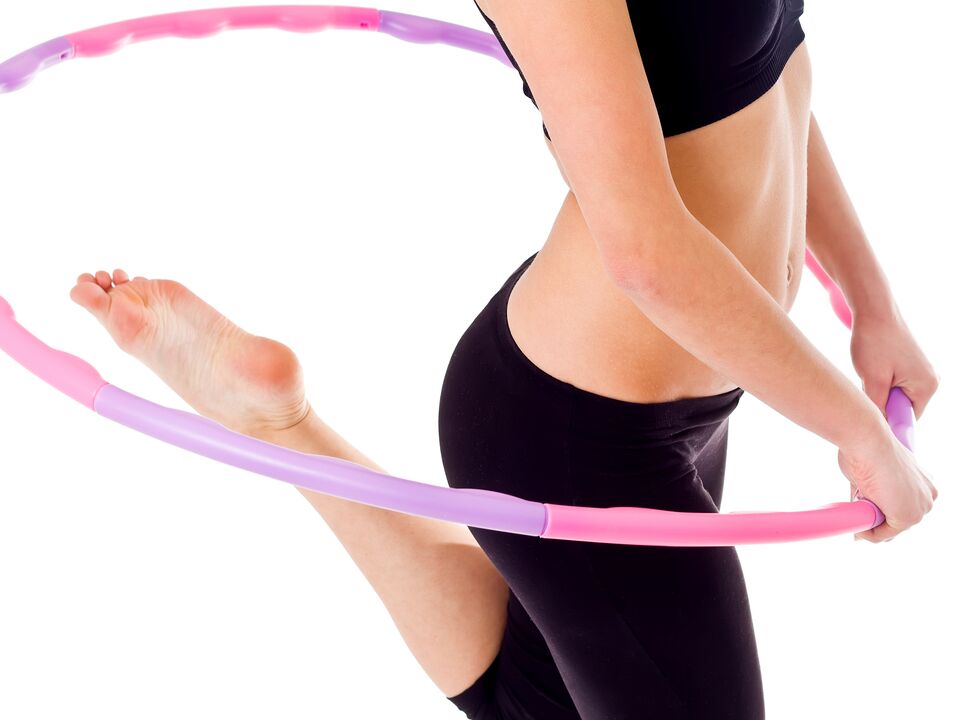
Hirudotherapy as a treatment for osteochondrosis
It is possible and possible to treat the disease with hirudotherapy! Leeches have a therapeutic effect on the human body. With the action of the leech there is a decrease in painful manifestations, the therapeutic effect of the drugs consumed and physical training is intensified, and the patient's recovery process is accelerated.
Treatment with leech is a beneficial effect of the enzyme it creates. Such an enzyme is secreted by leech saliva.
During treatment, the doctor applies leech to the affected area. Leech bites the upper layer of the skin, leaving saliva in it, which treats thrombosis, prevents blood clotting and accelerates the biochemical process. The action of leech is also aimed at strengthening the walls of blood vessels, as well as their expansion.
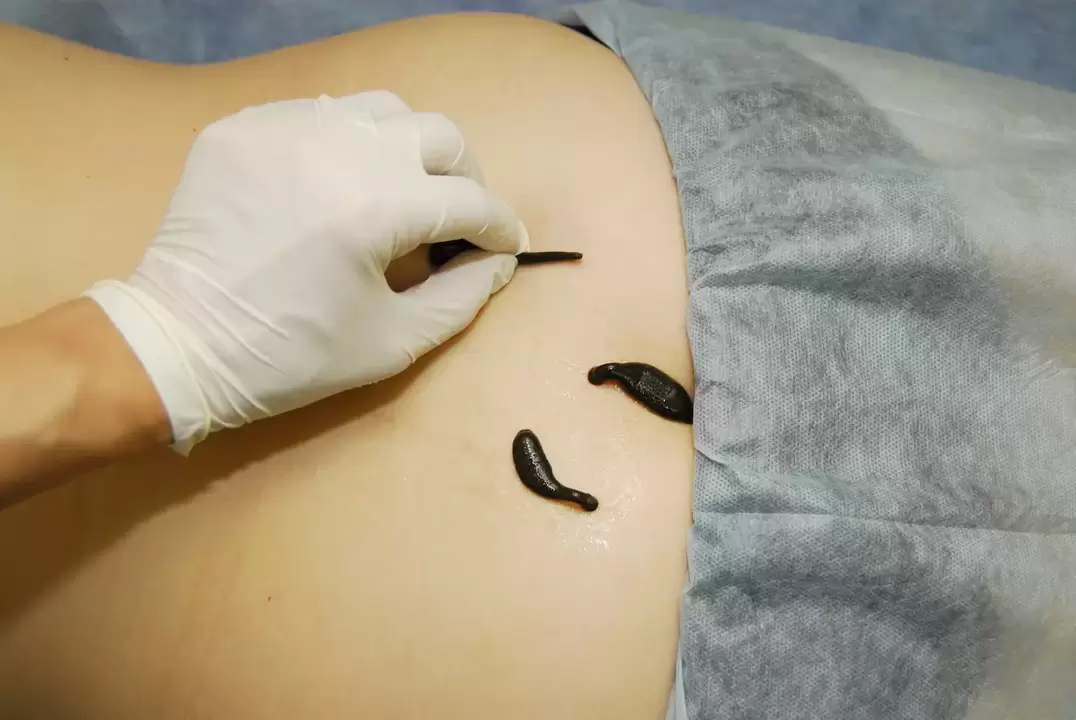
Medical leeches are completely sterile. To treat a disease with leprosy, you need to follow a sequence of actions - the duration of the first two sessions of leprosy treatment is not more than thirty minutes. The third session involves the presence of leprosy in the body for an hour. The wound after leech is not treated with anything, and after the leech is removed, the patient is not allowed to lie on his back. This is necessary to prevent bleeding.
Osteochondrosis can be treated with ten procedures in both women and men, with an interval of five days between them.
And the most important rule: a timely visit to the doctor will help prevent negative consequences.






























